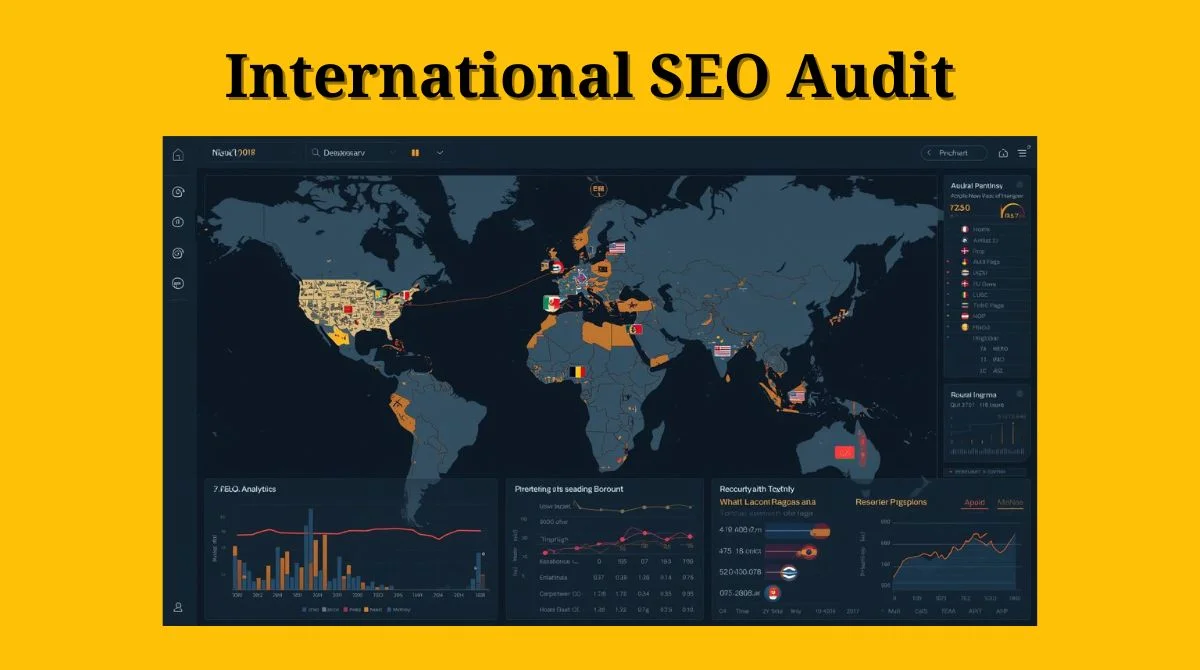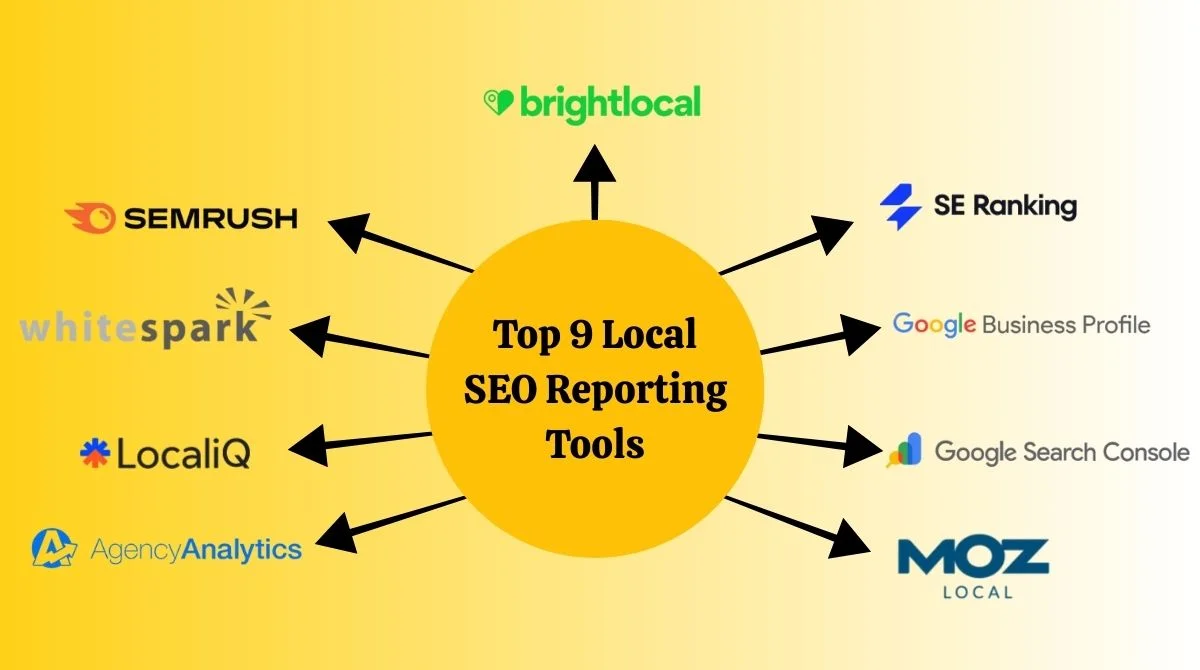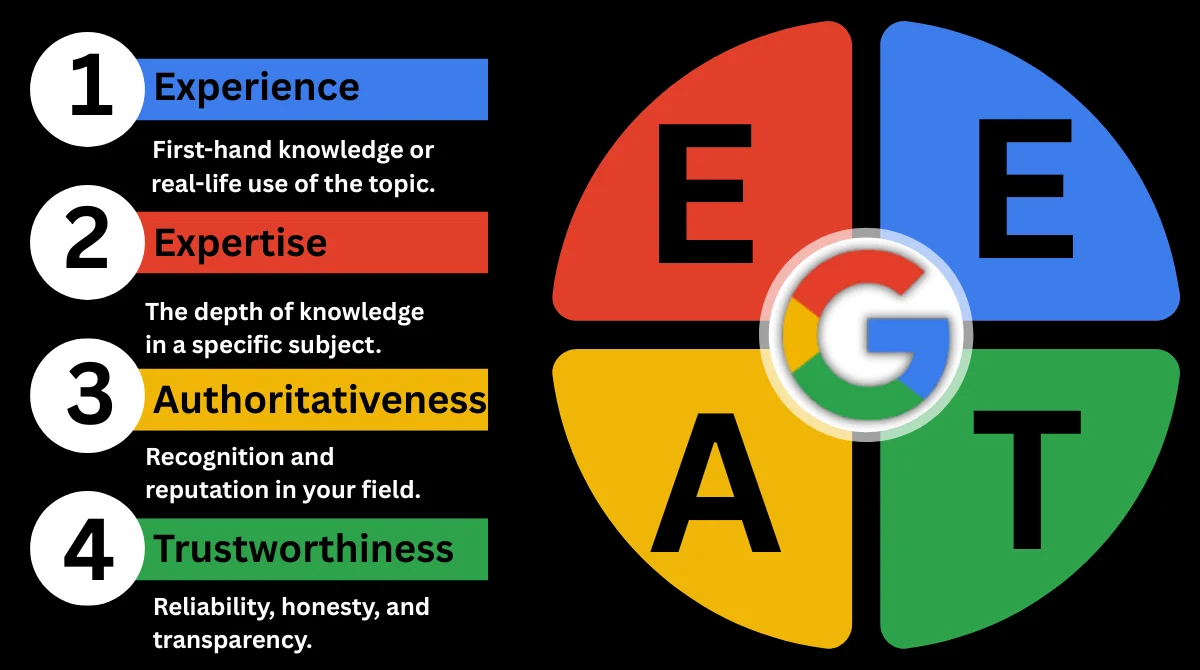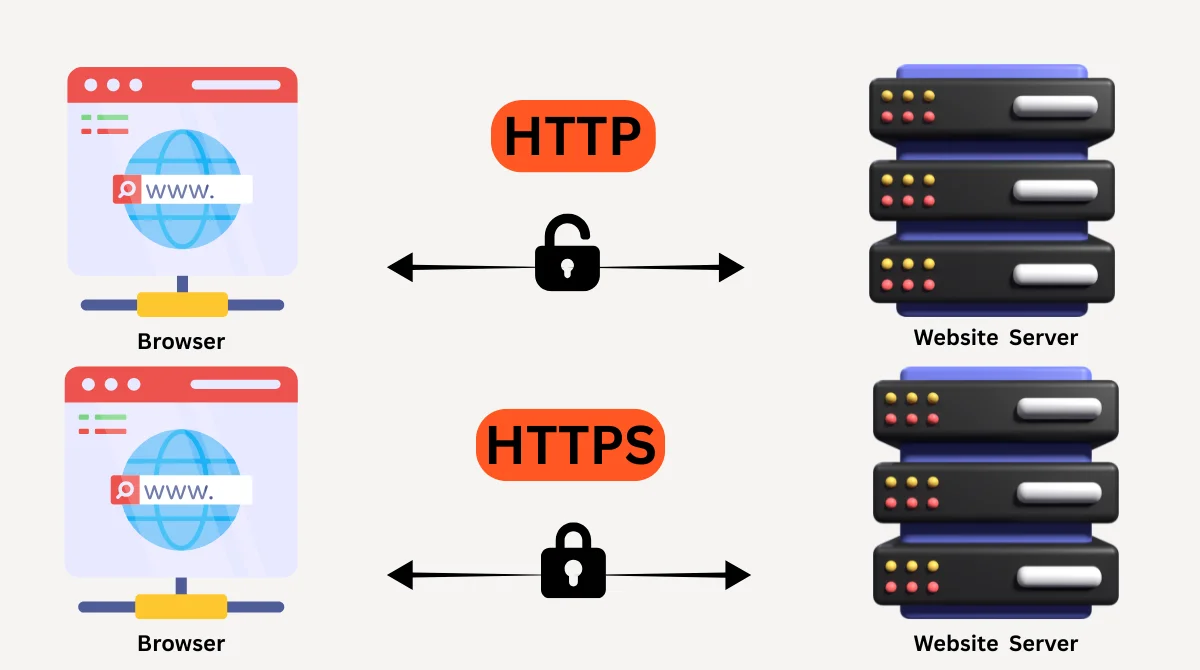- What is Digital Marketing ROI?
- Why Measuring Digital Marketing ROI Matters?
- Basic ROI Formula for Digital Marketing
- Essential Metrics to Track Your Marketing ROI
- Top Methods to Evaluate the Digital Marketing ROI
- Essential Tools for ROI Measurement
- Industry Benchmarks for Digital Marketing ROI
- Common ROI Measurement Challenges
- Best Practices to Improve Digital Marketing ROI
- Advanced ROI Analysis Techniques
- Future of Digital Marketing ROI Measurement
- Conclusion
Digital marketing success depends on one key factor: measuring your return on investment. Every business owner wants to know if their marketing dollars are working hard for them.
Understanding how to evaluate the digital marketing ROI helps you make smarter decisions. You can identify which campaigns bring real results and which ones waste your budget.
What is Digital Marketing ROI?
Digital marketing ROI shows how much money you earn compared to what you spend on marketing. It tells you if your marketing efforts are profitable or not. The basic idea is simple: if you spend $100 on ads and earn $300 in sales, your ROI is 200%. This means you made $2 for every $1 you invested.
Why Measuring Digital Marketing ROI Matters?
Smart businesses track their marketing performance for several important reasons:
- Cost Control: You avoid spending money on campaigns that don’t work. This saves your budget for better opportunities.
- Better Decisions: Clear data helps you choose the right marketing channels. You can focus on strategies that bring the best results.
- Growth Planning: ROI measurements show which areas to expand. You can put more budget into campaigns that generate profit.

Basic ROI Formula for Digital Marketing
The standard formula to calculate digital marketing ROI is straightforward:
-
ROI = (Revenue - Marketing Costs) / Marketing Costs × 100
Let’s see how this works with a real example. You spend $2,000 on Google Ads and generate $5,000 in sales. Your ROI calculation would be:
-
ROI = ($5,000 – $2,000) ÷ $2,000 × 100 = 150%.
This would mean you earned $1.50 for every $1 spent.
Essential Metrics to Track Your Marketing ROI
Customer Acquisition Cost (CAC)
CAC shows how much you spend to get one new customer. For accurate ROI measurement, companies should set KPIs that follow the (SMART) criteria, specific, measurable, achievable, relevant, and time-bound.
Lower CAC means better efficiency in your marketing efforts. Track this metric across different channels to see which ones bring customers at the lowest cost.
Customer Lifetime Value (CLV)
CLV tells you how much money a customer will spend over their entire relationship with your business. This metric is crucial for long-term planning. When CLV is higher than CAC, your marketing is profitable. The bigger the gap, the better your ROI becomes.
Return on Ad Spend (ROAS)
ROAS focuses specifically on advertising campaigns. It shows the revenue generated for every dollar spent on ads. A ROAS of 4:1 indicates that for every $1 spent on ads, you generate $4 in return. Most successful businesses aim for ROAS between 3:1 and 5:1.
Conversion Rate
Conversion rate measures how many visitors take the desired action on your website. This could be making a purchase, signing up, or downloading content. When conversion rates increase, the ROI from your traffic generation improves. Small improvements in conversion rates can dramatically boost your overall returns.

Top Methods to Evaluate the Digital Marketing ROI
1. Attribution Modeling
Attribution modeling shows which marketing touchpoints contribute to conversions. Customers tend to interact across different platforms prior to buying.
- First-Click Attribution: Credits the first interaction that brought the customer to your website.
- Last-Click Attribution: Gives full credit to the final touchpoint before conversion.
- Multi-Touch Attribution: It assigns credit to every touchpoint in the customer journey, with multi-touch attribution offering the clearest view of overall marketing performance.
2. Cohort Analysis
Cohort analysis groups customers by when they first interacted with your business. This method helps you understand customer behavior over time. You can see how different marketing campaigns affect customer retention and lifetime value. This insight helps optimize future campaign strategies.
3. Marketing Mix Modeling
Marketing mix modeling uses statistical analysis to measure the impact of different marketing channels. It considers external factors like seasonality and competition. This method works well for businesses using multiple marketing channels. It helps you understand how channels work together to drive results.
4. Incrementality Testing
Incrementality testing compares results from test groups that see your marketing versus control groups that don’t. This method shows the true impact of your campaigns. Hold-out tests are a common incrementality method. You randomly exclude some users from seeing your ads and compare their behavior to those who see the ads.

Essential Tools for ROI Measurement
Google Analytics 4
Tools such as Google Analytics, Semrush, and many more allow aggregated, anonymized data to reveal the performance of the marketing strategy within days or even hours. GA4 provides comprehensive tracking of website performance, conversion paths, and revenue attribution. It’s free and integrates well with other marketing tools.


CRM Systems
Customer Relationship Management systems track the entire customer journey. They connect marketing activities to actual sales and revenue. Popular CRM options include Salesforce, HubSpot, and Pipedrive. These tools help you see the complete picture of marketing ROI.

Marketing Automation Platforms
These platforms track email marketing, lead nurturing, and customer engagement. They provide detailed ROI data for automated campaigns. Mailchimp, Marketo, and Pardot are popular choices. They show which automated sequences generate the best returns.

Call Tracking Software
Call tracking tools monitor phone conversions from your marketing campaigns. This is especially important for businesses that rely on phone sales. CallRail and CallTrackingMetrics provide detailed call analytics. They show which campaigns drive valuable phone conversations.
![]()
Industry Benchmarks for Digital Marketing ROI
Email Marketing ROI
With an ROI of 675%, email marketing outperforms all other channels, making it one of the most profitable forms of digital marketing. Focus on building quality email lists and creating engaging content. Personalized emails typically perform better than generic messages.
Content Marketing Returns
Content marketing usually delivers an ROI in the range of 300% to 400%. However, results often take 6-12 months to fully develop. Blog posts, videos, and downloadable resources build long-term value. They continue generating leads and sales long after creation.
Paid Search Performance
Google Ads typically deliver ROI between 200% to 800%, depending on the industry. Competitive keywords may have lower returns but higher volume. Focus on long-tail keywords and negative keyword optimization. This improves quality scores and reduces wasted spend.
Social Media Advertising
Facebook and Instagram ads typically show an ROI between 150% to 400%. Visual content and precise targeting improve performance. Test different ad formats and audiences. Compared to still images, videos are more effective at boosting engagement and conversions.

Common ROI Measurement Challenges
Attribution Difficulties
Customers interact with multiple touchpoints before converting. It’s hard to know which efforts deserve credit for the sale. Using multiple attribution models helps you see the bigger picture. Compare results across different models to understand channel performance.
Long Sales Cycles
B2B sales cycles can last several months. This makes it difficult to connect marketing activities to final sales. Track leading indicators like email sign-ups and demo requests. These metrics help predict future ROI even during long sales cycles.
Data Integration Issues
Marketing data often exists in separate systems. Combining data from different sources can be challenging. Invest in data integration tools or platforms. Clean, connected data improves the accuracy of ROI calculations.
External Factors
Market conditions, seasonality, and competition affect ROI measurements. It’s important to consider these factors in your analysis. Use year-over-year comparisons and control groups when possible. This helps isolate the impact of your marketing efforts.
Best Practices to Improve Digital Marketing ROI
Set Clear Goals
Define specific, measurable objectives for each campaign. Clear goals make it easier to calculate meaningful ROI. Align marketing goals with business objectives. This ensures your efforts contribute to overall company success.
Test and Optimize Continuously
Regular testing helps improve campaign performance over time. Test variations of headlines, images, and calls-to-action through A/B testing. Compare the ROI results against industry benchmarks to assess the performance of your campaigns. Use benchmark data to identify improvement opportunities.
Focus on High-Value Customers
Not all customers provide the same value to your business. Identify and target your most profitable customer segments. Create detailed customer personas based on value and behavior. Tailor marketing messages to attract similar high-value prospects.
Invest in Quality Data
Accurate ROI measurement requires clean, reliable data. Invest in proper tracking setup and data management systems. Regular data audits help maintain accuracy. Accurate data provides clearer insights and helps drive smarter marketing choices.
Advanced ROI Analysis Techniques
Predictive Analytics
Use machine learning to predict future ROI based on historical data. This helps with budget planning and strategy development. Predictive modeling helps pinpoint the leads with the highest chance of conversion. This allows for more efficient resource allocation.
Cross-Channel Analysis
Examine how different marketing channels work together. Some channels may not directly drive sales but assist in the conversion process. Understanding channel interactions helps optimize the entire marketing mix. You can better allocate budget across channels for maximum ROI.
Seasonal Adjustments
Account for seasonal trends in your ROI calculations. Some periods naturally perform better than others. Use seasonal data to set realistic expectations. This prevents misinterpreting temporary fluctuations as long-term trends.
Future of Digital Marketing ROI Measurement
AI and Machine Learning
AI is enhancing ROI measurement, making it more precise and advanced. Investing in AI and data-driven tools can significantly improve measurement accuracy and help refine strategies for better returns. AI tools are capable of analyzing massive datasets in a short time. They identify patterns humans might miss and provide deeper insights.
Real-Time Analytics
Modern tools provide near real-time ROI data. This allows for quick adjustments and optimization of ongoing campaigns. Faster data means faster decision-making. You can stop underperforming campaigns and boost successful ones immediately.
Privacy-First Measurement
Changes in privacy regulations are affecting how we track customers. New measurement methods respect privacy while providing valuable insights. Focus on first-party data collection and analysis. Build direct relationships with customers for better long-term measurement capabilities.
Conclusion
Learning to evaluate the digital marketing ROI is essential for business success. Start with basic ROI calculations and gradually add advanced techniques. Remember that ROI measurement is an ongoing process. Regular analysis helps your marketing efforts deliver strong returns and drive sustainable growth.













